The common thread that brilliantly links the sentences taken from the book “Journal de dehors” by the Nobel Prize winner for literature Annie Ernaux and the images from the permanent collection of the Mep was traced with great sensitivity by the curator and writer Lou Stoppard, in the exhibition “Exteriors. Annie Ernaux & la Photographie” on display at Mep Paris until 26/5/2024.
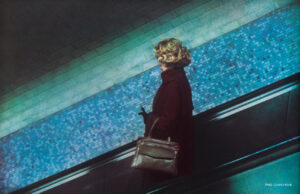
Dolorès Marat, “La femme aux gants”, 1987. Tirage pigmentaire Fresson, Collection MEP, Paris, acquis en 2006. © Dolorès Marat
In fact, during her residency at the Mep, continually looking at the photos from the excellent archive that the museum boasts, Stoppard, also an admirer of Ernaux, could not help but notice a certain correspondence between the words and images of the two mediums. In that period, Stoppard often traveled on the subway and saw Ernaux’s books read by young people in their thirties, as if they were united by sharing a common manifesto, of which the writer had become the standard-bearer. Ernaux’s books are full of love, sex, women’s personal liberation and abortion, but in this collection the writer’s gaze is particularly attracted to everyday life, its small mistakes, daily failures, fragments of happiness. Lou Stoppard, reading Annie Ernaux, empathizes with the writer’s research. Several aspects link the two women. Ernaux’s youth near Cergy-Pontoise was not that different from that of the curator who grew up in Milton Keynes, a small town north of London. Perhaps the Parisian milieu of the Cergy-Pontoise urban agglomeration was more austere and architecturally elegant than that of Milton Keynes, a town with orthogonal streets built in the 1960s to accommodate the sudden increase in the London population from that time, studied in architecture texts as a virtuous form of sustainable city.
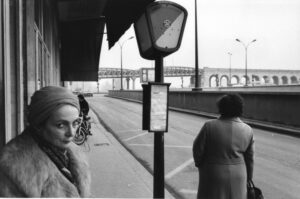
Claude Dityvon, “18 heures”, Pont de Bercy, Paris , 1979. Tirage gélatino-argentique, Collection MEP, Paris. Acquis en 1979 © Claude Dityvon
But beyond the architectural aspect of the topic, the two lives were remarkably similar and this allowed Stoppard, also following direct conversations with the writer, to be able to trace an interpretative key to her sentences, translating them into images. The exhibition unfolds through a series of synthetic and imaginative pieces, combined with photographs that perfectly describe the urban environment, the object of Ernaux’s reflections. The significant element of the exhibition, which makes the narration of the photo reportage absolutely credible, physiological and storytelling, is the ability to combine the most disparate photographers with excerpts from the book. Not only sometimes the photos chosen represent exceptions compared to the classic production of the photographers who took them, but they match the texts and their brevity perfectly. It is impossible not to notice how the essentiality of the images by Garry Winogrand (San Marcos, Texas, 1964), whose work is compared to the common imagination to the glories of Hollywood in the 1950s, here has an exceptionally sober edge and perfectly adheres to the selected texts. Just as the descriptive photos of urban chaos by photographer Mohamed Bourouissa (L’impasse, 2007) fit perfectly with concepts such as alienation and degradation, which the city is teeming with.

Ursula Schulz-Dornburg, “Ploshchad Vosstaniya — Uprising Square”, Saint- Pétesbourg, 2005 Héliogravure plane Collection MEP, Paris. Don de l’auteur en 2020. © Ursula Schulz-Dornburg
La scelta semantica dei testi del libro, come dichiara la scrittrice stessa durante una lunga intervista concessa a Geraldine Mosna-Savoye per la puntata della trasmissione “Les midis de culture” è stata quella di cercare di togliere più parole possibili ai brani, per rendere i testi asciutti e minimali. L’oggetto delle annotazioni prese da Ernaux durante la vita quotidiana, soprattutto in luoghi pubblici, le hanno permesso di sfruttare pienamente l’anonimato che i luoghi le conferivano e di annotare esattamente le scene che facevano scaturire in lei riflessioni o rimandi a momenti correlati al suo vissuto. Particolarmente riuscito è inoltre l’accostamento della tematica della mostra alle immagini della fotografa Dolorès Marat, soprattutto per ciò che riguarda l’immagine simbolo della mostra stessa (La Femmes aux gants, 1987), in cui una elegante donna, dall’inconfondibile charme francese, viene ritratta sulla scala mobile. Il viso è parzialmente visibile, i colori sono opachi e sfumati. L’opera di Marat si pone in questo racconto visivo con particolare aderenza al tema. Anche Marat, proveniente da una famiglia di umili origini, non ha trovato come Ernaux un ambiente fecondo alla propria costruzione intellettuale.

William Klein, “Finale de l’élection de Miss France, entourée de Jean-Pierre Foucault et Mme de Fontenay”, 2001, de la série «PARIS + KLEIN». Tirage à développement chromogène Collection MEP, Paris. Acquis en 2002 © William Klein Estate
This prophecy will lead Marat to dedicate herself to photography only after the age of forty, waiting for her children to grow up. However, the maturity she reached, before dedicating herself entirely and brilliantly to her work as a photographer, certainly represents an asset, allowing her to develop an unmistakable, never banal style in which refinement can be found both in the intense and blurred tones of her images, and in minimal and evocative subjects. Just as Annie Ernaux preferred the anonymity of public and busy places, Marat too took advantage of the colors of the night to shoot freely, adoring the large grain of her photos, the porous texture and the reds, oranges and blues brought to saturation. “All images will disappear” is the incipit of the book “The Years” by Annie Ernaux, one of the writer’s most loved books by the public and which immediately introduces a special bond between the word and photography. Yet looking at the images of the exhibition and the story associated with them, one has the exact perception that they will never disappear.
Info:
AA.VV. Extérieurs. Annie Ernaux & la Photographie
28/2/2024 – 26/5/2024
curated by Lou Stoppard
Mep Paris
5/7 rue de Fourcy, 75004 Paris
https://www.mep-fr.org/en/homepage/
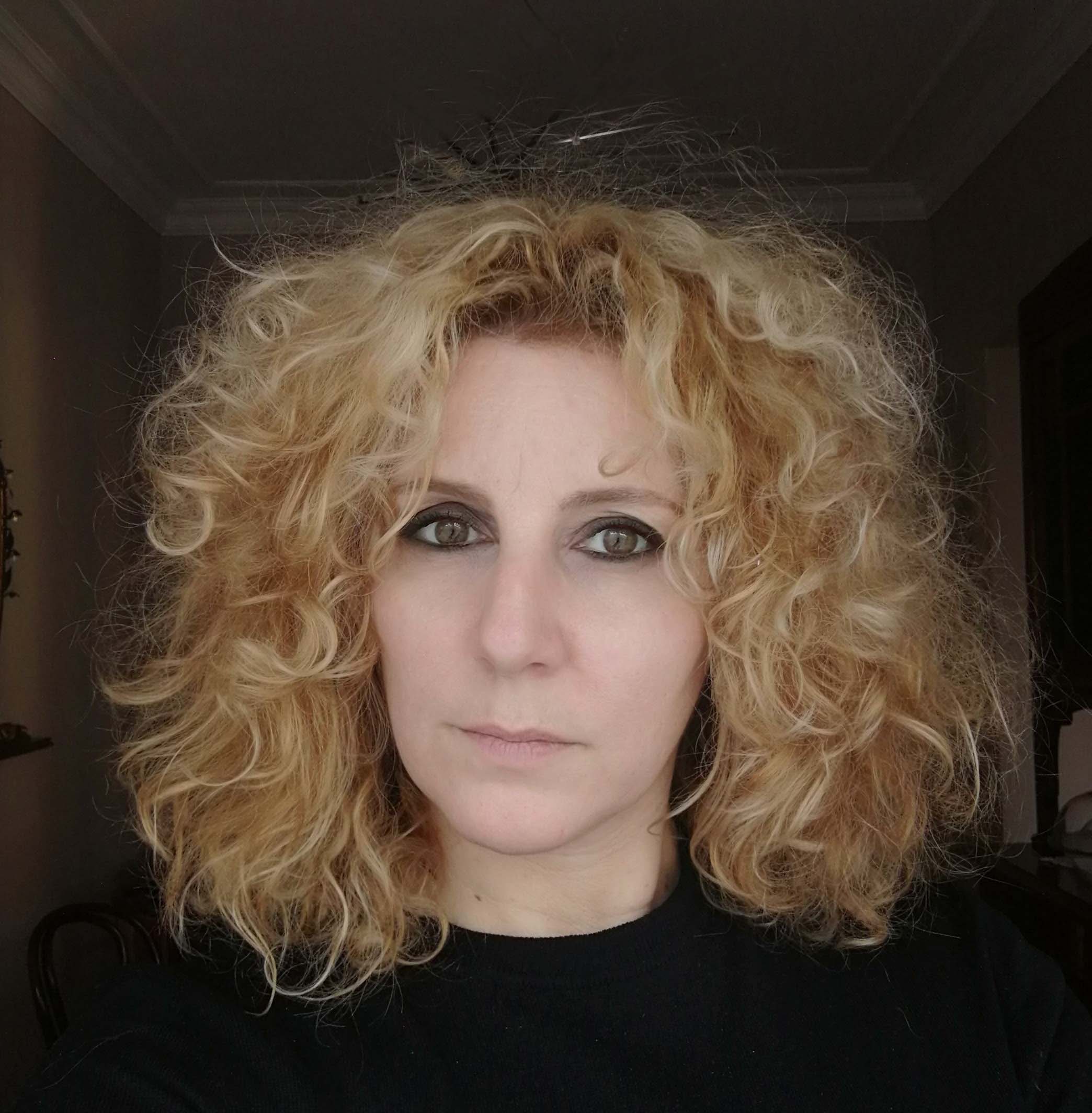
Globetrotter, passionate about literature, lover of art and photography. I never leave for a trip without taking with me a book by an author of the place where I will go. I have dreamed of moving to Paris for years and sooner or later I will!


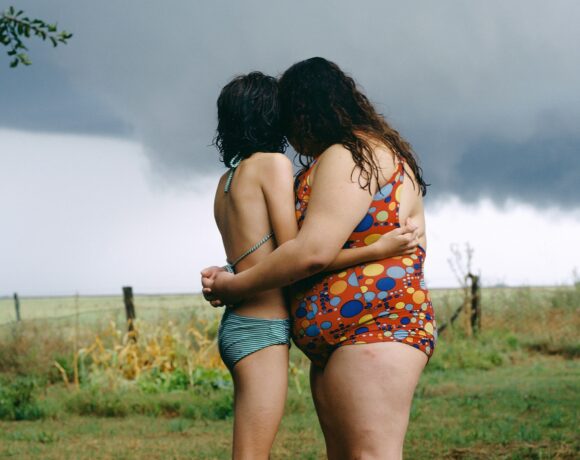
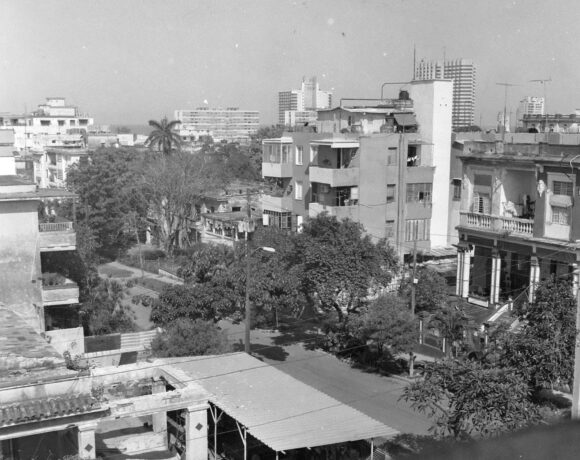
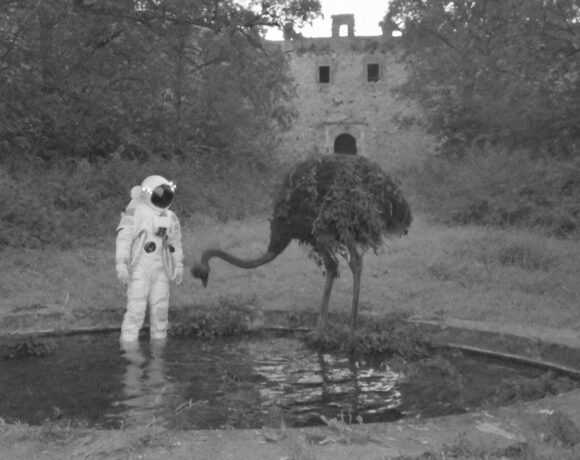

NO COMMENT